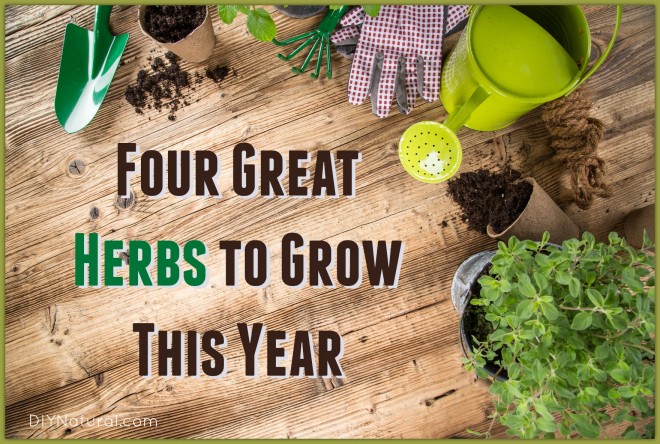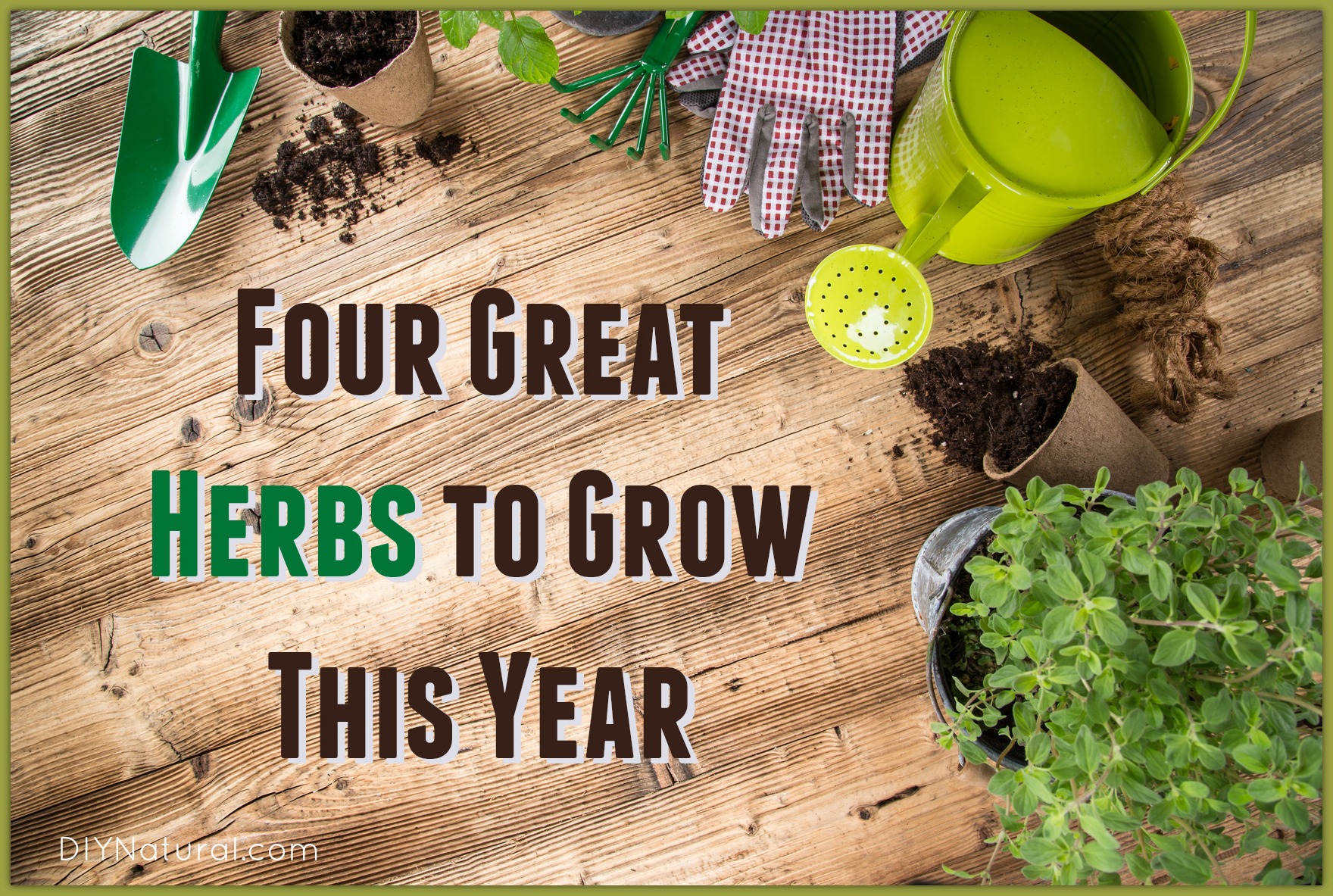
If you’re a serious gardener, in January you cuddled up with all your favorite seed catalogs, and now you’re preparing to plant them in indoor seedbeds. If busyness or procrastination has left you without any seeds, don’t worry, you’re not alone! In the spirit of commiseration I’ll share four of the best herbs to grow for all the late seed buyers out there.
Four of the Best Herbs to Grow This Year
Parsley (Petroselinum crispum)
Parsley is easy to grow, but for best results you will want to soak the seeds for 24 hours before you plant them.
Most people view this plant as a garnish, but I would add it as a main ingredient in your morning smoothie. It is high in Vitamin C so it is helpful if you’d like to keep your teeth healthy, strengthen your immune system, or support your overworked adrenal glands.
One of the great things about this plant is that you can cut and come again. It is a biannual, so in most parts of the country you will get a second year out of one packet of seeds.
Parsley is the perfect companion for your strawberries or for those spring asparagus, so you don’t even need to give it its own row in the garden.
(Scroll down this page to find organic parsley seeds.)
Chamomile (Matricaria recutita)
I love chamomile and I’ll bet many of you do as well. Most people know this plant for its abilities as a sedative in the nervous system. It should not be overlooked as a digestive tonic. Chamomile is the first thing I reach for when I need a simple anti-inflammatory and I love it for any kind of eye trouble.
In the garden, it’s a perfect companion for any vegetable in the brassica family. This annual will self-seed year after year if you don’t turn the soil on which it drops. If this tiny seed gets planted too deeply it will not have enough energy to break through the surface, so be careful that you sow them shallow.
(Scroll down this page to find organic German chamomile seeds.)
Calendula (Calendula officinalis)
How about a row of sunshine? Calendula is a must have for the family ouchies. Picking the flowers is a joy, though your fingers will get sticky with the resin that makes this plant so important therapeutically.
The women in the family may enjoy this flower in a tea to support a balanced monthly cycle. This annual flower will self-seed its really wonderful half-moon shaped seed, though you may want to buy more next year to ensure a good even coverage in your beds.
Calendula makes a nice companion to tomatoes and fits perfectly in between the cages to keep down the weeds.
(Scroll down this page to find organic calendula seeds.)
Sage (Salvia officinalis)
I truly could not imagine my life without sage. Most of the varietals of this plant have both culinary and healing benefit. Sage helps us in healthy digestion to break down fats appropriately. It’s the very first tea I mix up when I am suffering with a sore throat. Served lukewarm, it is a fabulous antiseptic.
Sage is a perennial, though depending on where you live you may want to mulch it heavily in the winter. It gets pretty woody, so you’ll want to keep it trimmed down. This isn’t very difficult if you love it as much as I do. It will grow nicely from seed but I like to start it indoors before the last frost and then set it out as a seedling. I feel like it gets a faster start that way and performs better over the long haul.
(Scroll down this page to find organic sage seeds.)
If you still need to buy your seeds, it’s time to get started. You may need to gather more catalogs than you would normally as some seeds will be sold out with various suppliers at this point. I hope you find some great herbs to add to your food garden this year.
What are your favorite herbs to plant? Share with us in the comments section below!
*******




I love to have mint (for fruit-infused waters and tea) and a couple types of basil (for salads and Thai dishes) on hand. They are easy to grow in pots on my apartment balcony. 🙂
Hi and thank you for the great site! Just so you know Calendula tea helps with mouth sores and toothaches as well 🙂
Enjoy the first day of Spring!